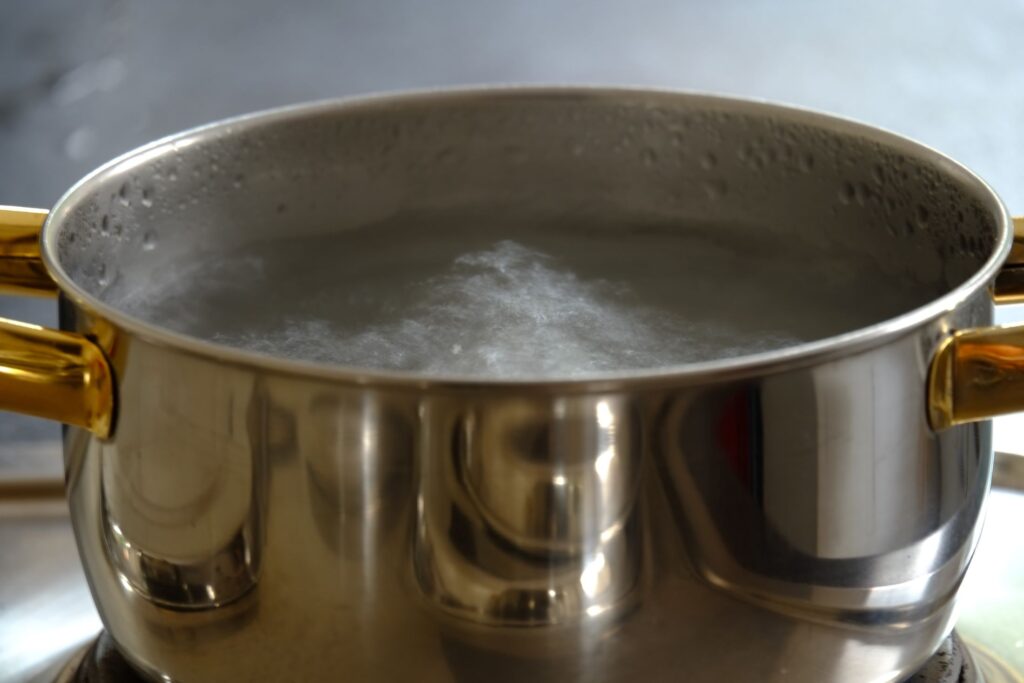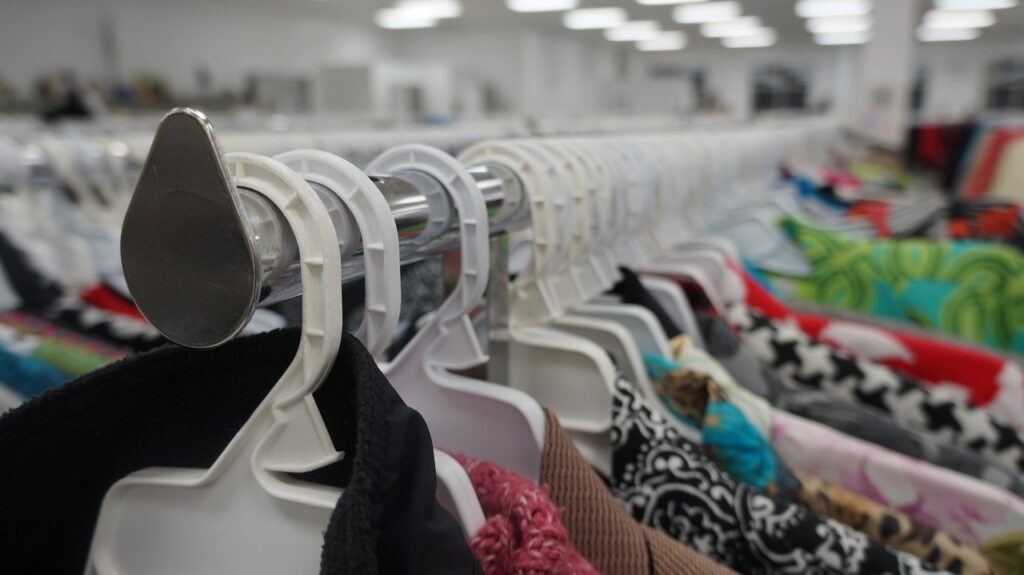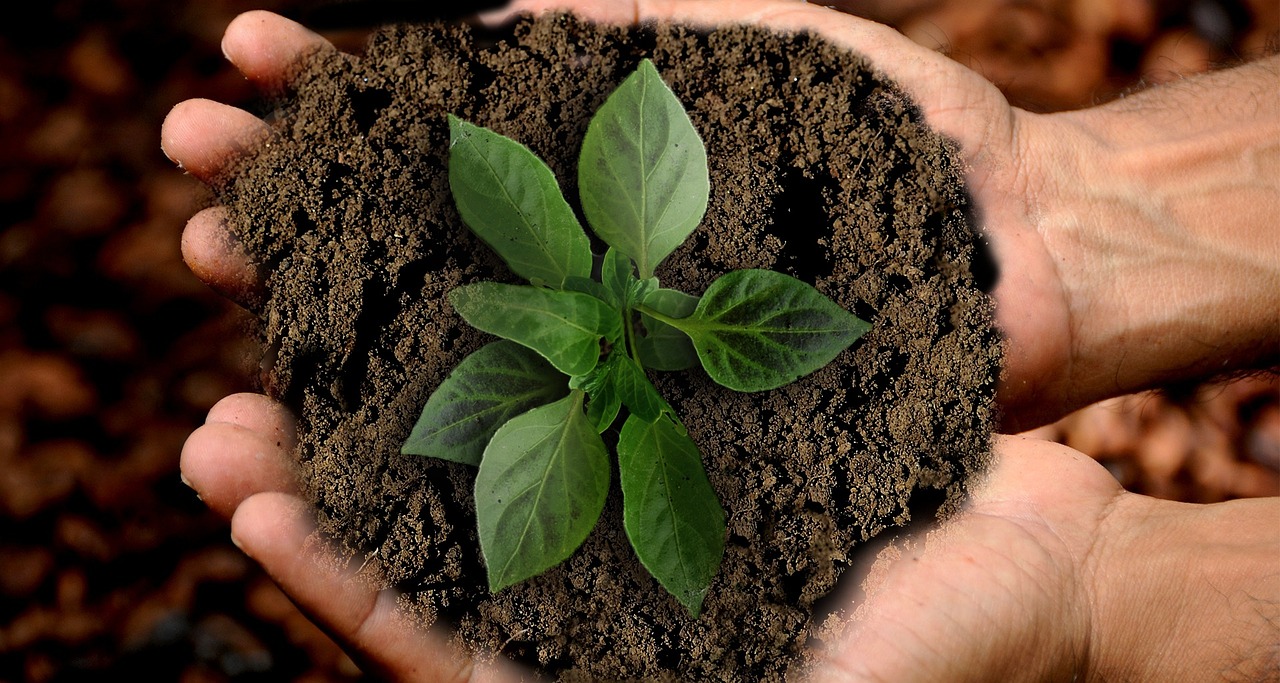Between climate change, dwindling natural resources, and skyrocketing prices, there are more reasons than ever to start thinking more sustainable. And creating daily sustainable habits now will have a real impact on our future—for us, our children, and our birds and wildlife. But sometimes it’s hard to know where to start. That’s why we’ve come up some simply ways to lessen your footprint each day.
Try These Water-Saving Tips

The average American household uses 300 gallons of water a day. Why is it so important that we conserve water as much as we can? Because less than 1.2% of the world’s water can be used as drinking water. How can we do our part to preserve more of this precious resource?
- Save clean shower water and pasta water to use for watering your plants, washing dishes, or cooking.
- Look into installing low-flow showerheads and water-saving toilets in your home. Some cities and counties even offer rebates for these eco-conscious updates.
- Try to run your washing machine and dishwasher with full loads only, so you’re not wasting water on multiple loads.
- Instead of using a hose to rinse away debris from outdoor areas, use a broom to sweep it away instead.
- Add mulch to your garden; not only will it help with weeds, but it will retain moisture, so you don’t have to water them as often.
Switch to Homemade

Save money, and put less packaging into our landfills, by handmaking household basics. Not only is this more economical, but it’s also healthier for us and our loved ones.
Kitchen essentials
Make homemade vegetable stock by boiling vegetable scraps, letting them simmer for an hour or so, then straining the scraps and keeping the liquid.
Want to make brown sugar? It’s easier than you think. Just mix one tablespoon of unsulfured molasses with every cup of sugar. For darker brown sugar, use two tablespoons of molasses.
Household cleaners
Mix your own glass cleaner by using ½ cup vinegar, ½ cup rubbing alcohol, and one tablespoon of corn starch. If you want it scented, you can use a few drops of your favorite essential oils.
Need multipurpose cleaner? You can make a homemade version with stuff you have already. Simply mix white vinegar with water (1:1 ratio), add some essential oils, or throw in a rind of your favorite citrus fruit, and you’re done.
Try our refillable household products at the Chirp store! Choose from organic, natural brands with zero to minimal packaging.
Ditch Fast Fashion for Secondhand Finds

Cheap clothing with a short lifespan, or “fast fashion,” is responsible for 10% of the world’s carbon emissions. On top of that, 85% of clothing goes to dumps every year. And did you know that, to produce one cotton shirt, it takes 700 gallons of water? And 2,000 gallons of water for one pair of jeans? It’s no wonder the current countermovement is one that looks to thrifted, secondhand, or upcycled clothing as a sustainable alternative. Here’s how to shop smarter:
- Shop secondhand stores, thrift stores, and garage sales for clothes. Try to invest in classic, timeless styles that you can use for a long time.
- Browse secondhand sellers online, like ThredUp, Poshmark, and Mercari. You can also sometimes find deals locally on Next Door, Facebook Marketplace, and OfferUp.
- Looking for the perfect dress or suit for a wedding, reunion, or other posh event? Consider renting your clothes at sites like Rent the Runway, Armoire, and Nuuly.
Grow Your Own Food

Reduce the amount of fossil fuels used to transport produce to your local supermarket by growing your own edible garden! And since 40% of the US food supply is wasted every year, you can avoid this by growing and using what you need, when you need it. Here’s what you need to get started:
Find a sunny spot in your yard, patio, or balcony, as most food crops need at least a bit of sun to grow. Choose a spot that gets 6-8 hours of sun a day, ideally.
Decide where to plant. If you’re going to plant your crops in the ground, make sure that you have nutrient-rich soil. The best soil for an edible garden is loamy, meaning it’s a mixture of sand, silt, and clay. If your soil isn’t ideal, consider amending it with compost, lawn clippings, leaves, and other organic materials. If you’re opting for a container garden using raised bed planters or pots, use organic potting soil.
Know what to grow together. When growing multiple vegetables and herbs in the same spot or near each other, some are better “roommates” than others. For example, onions and asparagus are a no-go, whereas onions and carrots go together nicely. Here’s the Farmer’s Almanac companion planting guide for more direction.
Say “no” to pesticides. Opt for poison-free alternatives to pesticides, likeneem oil, vinegar, and diatomaceous earth (and be sure to get the food-grade kind if you have pets).


